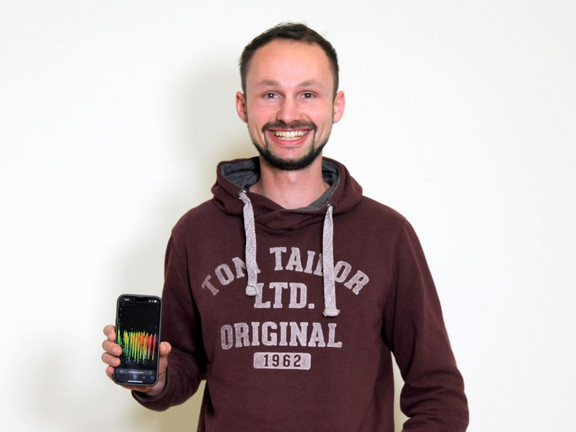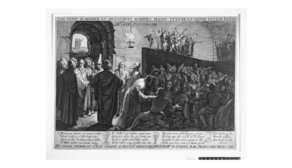New muon simulations
- Allgemein

Large-scale neutrino telescopes have the primary objective to detect and characterize neutrino sources in the universe. These experiments rely on the detection of charged leptons produced in the interaction of neutrinos with nuclei. In general, the energy and the direction of an incoming particle are estimated via likelihood methods. With new reconstruction algorithms using machine learning and hardware optimizations, the direction of an incoming muon can be measured with an angular resolution lower than 1 degree in telescopes like the IceCube Neutrino Observatory or KM3NeT.
However, high-energetic muons are able to travel many kilometers through dense media like ice and water. In these media, the muons interact very frequently with energy losses of up to 90% of the muon energy and even larger energy losses are possible. In each interaction, there is a momentum transfer which leads to a small deflection of the initial muon direction. The question is: Does these deflections accumulate and result to a total deflection on the order of magnitude of the angular resolution of current neutrino telescopes?
In this paper, the lepton simulation framework PROPOSAL is used to simulate the muon propagation and its deflections. The tool is optimized to perform efficient lepton and photon propagations at very high energies and it is developed and maintained in our working group in Dortmund. As a validation, Data-Monte-Carlo comparisons as well as comparisons with the simulation tools MUSIC and Geant4 are performed. Single deflections per interaction and the accumulated deflection after a propagation through water and ice are studied. Finally, the impact of muon deflections for large scale neutrino telescopes and muography are discussed.

![[Translate to English:] [Translate to English:]](/storages/app-physik/_processed_/3/a/csm_APPGroupphoto2023_001_small_858e4405eb.jpg)


